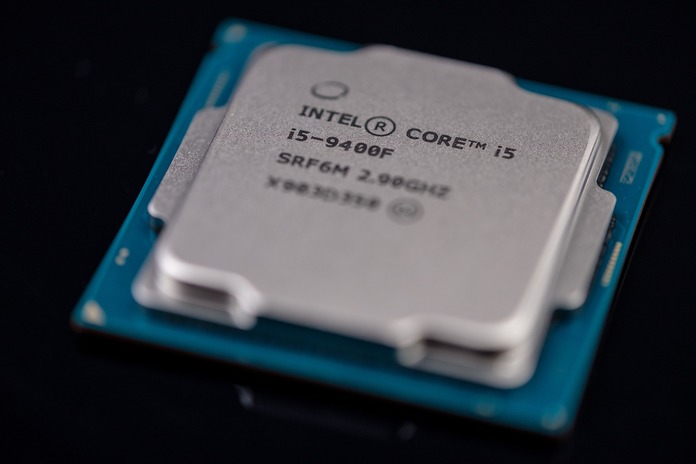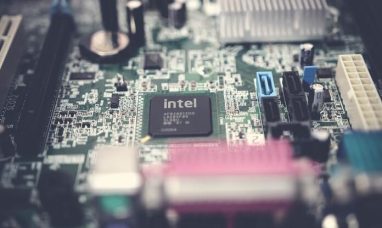Intel Corporation (NASDAQ:INTC)
With all due respect to financiers, I am of the firm belief that technology companies should be managed by technologists rather than financial experts, so when Intel Corporation (NASDAQ:INTC) replaced Bob Swan with Pat Gelsinger in early 2021, I was confident the company was headed in the right direction. A technology business’s long-term success depends on its ability to embrace innovation. Once-dominant tech corporations like Nokia Corporation, BlackBerry Limited, and International Business Machines Corporation indicate that innovation is essential to a tech company’s long-term success. Market share might be lost permanently if you stay caught up in the competition, mainly if you are already the market leader. However, Intel stock is in a precarious position due to the company’s continuous inability to stay up with the competition.
While the dividend drop will be mentioned, I won’t be going into detail about it here. With the firm needing to make significant expenditures to bring its production process up to speed with competitors, it’s a good idea to reduce or eliminate the payout altogether. This study aims to examine the technological components of Intel’s data center business to predict its future direction.
Warning signs
The demand for PC processors within Intel’s Client Computing business is expected to fall this year due to adverse macroeconomic trends, as has been established by several Seeking Alpha writers. As of 2022, Client Computing accounted for most of Intel’s revenue (49.87%). Any declines in this area would severely affect the company’s bottom line. Due to these difficulties, Intel has predicted weak sales, profits, and gross profit margins for the first quarter of 2023 and has said there is not enough “visibility” to anticipate full-year statistics due to macro uncertainty.
In 2022, the data center industry (Data Center and AI section) contributed slightly over 30% to sales, making it the second-largest contributor to the top line. The data center industry is crucial to the company’s bottom line because of the segment’s significant gross margins in the past. Revenue from Intel’s data center sector fell by 15.4% in 2022, while operating income fell by 73%, and operating margins fell to 12% from 37% the year before. The worldwide market for data center CPUs had a rough year, with sales down 4.4% year-over-year. Meanwhile, Intel’s main competitor, Advanced Micro Devices, Inc., reported a 42% YoY growth in data center sector revenue, a 20% YoY gain in operating income from this segment, and a fall in operating margins of just 500 basis points.
After several delays, Intel finally released its Xeon Sapphire Rapids processors on January 10. Nevertheless, many analysts believe that even if these chips are the next generation, they still need to be improved to AMD’s Milan generation, which was released in 2021. Intel’s future success is unlikely to be aided by the fact that the company is many generations behind AMD. The newest Intel Sapphire Rapids processors are noticeably faster than AMD’s Milan (launched in March 2021) and Genoa (released in November 2022) chips. However, the Linux Kernel compilation test results reveal that AMD is still in the lead. ServeTheHome found that the performance profile of Intel’s fastest processor, the Xeon Platinum 8490H, was comparable to that of AMD’s EPYC 7773X, a Milan family CPU introduced more than a year ago. Compared to Intel’s CPUs, AMD’s newest offering, the Dual EPYC 9654, is light years ahead.
Performance-wise, Intel’s rivals like AMD have the upper hand over Intel because of Intel’s weaker manufacturing compared to the likes of Taiwan Semiconductor Manufacturing Company. The firm has made progress in the right direction since the hiring of CEO Pat Gelsinger a couple of years ago, with a new emphasis on upgrading its manufacturing skills to recoup some lost momentum. Intel stock still has a long way to go. Still, despite this, the business is expected to face a further decline in data center market share over the next couple of years.
Takeaway
Client Computing is an area of Intel that is expected to underperform this year due to the worldwide decline in PC sales. But, AMD’s higher performance capabilities pose a threat to the data center sector, causing it to lose market share. With its processors now being utilized by significant internet businesses like Amazon.com, Inc., ARM, a chipmaker in the United Kingdom targeting a U.S.-listing, is now proving to be a danger to Intel. Notwithstanding Intel’s recent success and the beneficial changes since Mr. Gelsinger came over as CEO, I do not think any corporation is too large to fail. Investing in Intel stock does not have a favorable risk-reward ratio; thus, I will remain on the sidelines.
Featured Image: Pixabay @ Bru-nO









